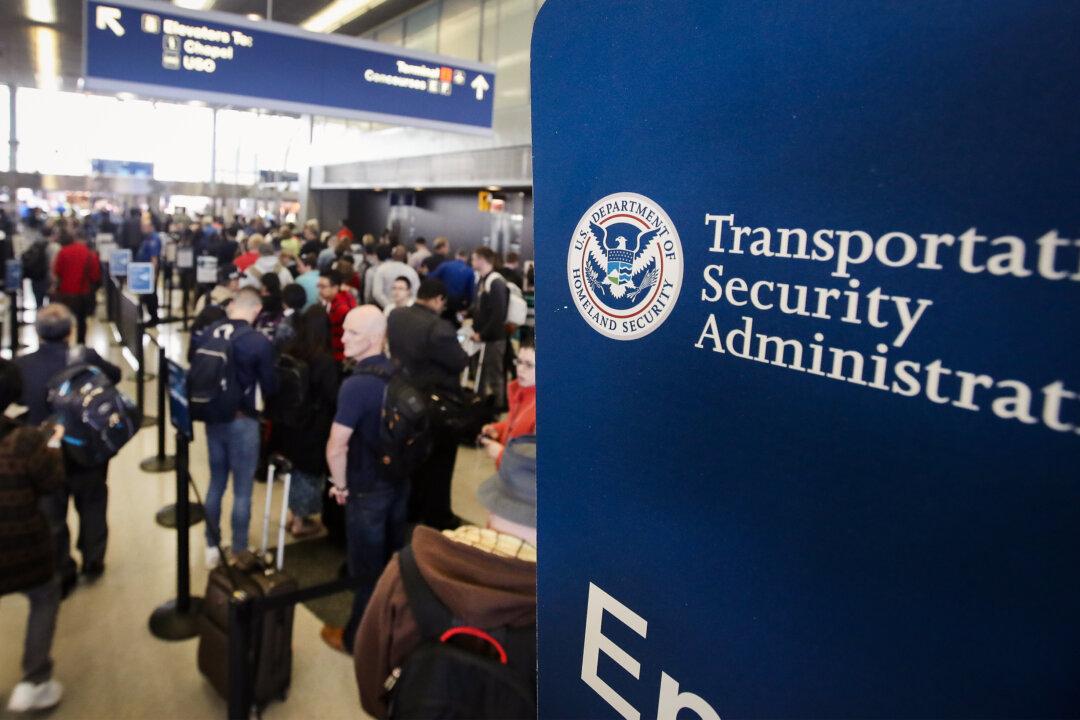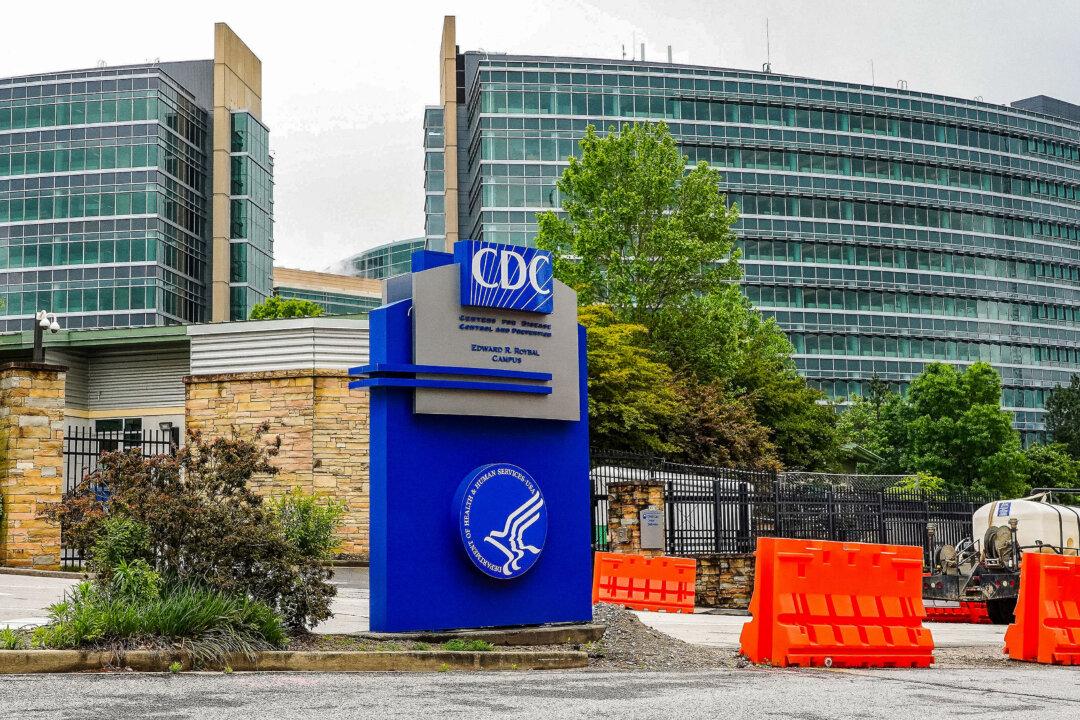The Transportation Security Administration (TSA) said that 81 percent of domestic air travelers have identification compliant with REAL ID requirements that went into effect at U.S. airports on May 7.
A spokesperson for the TSA confirmed to The Epoch Times on May 7 that the agency has started “full enforcement” of the law and that people who show IDs that are not compliant will “receive a warning” and will be sent to a “separate area” to undergo more screening from the TSA.





